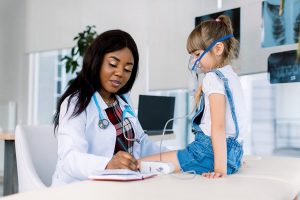
People who regularly stay up until the wee hours of the morning could be harming their mental health, a new study finds. Regardless of whether people were morning larks or a night owls, they tended to have higher rates of mental and behavioral disorders if they stayed up late, researchers found. The mental health risk associated with staying up late cropped up regardless of a person’s preferred sleep timing, also known as their chronotype. “We found that alignment with your chronotype is not crucial here, and that really it’s being up late that is not good for your mental health,” said senior researcher Jamie Zeitzer, a professor of psychiatry and behavioral sciences at Stanford Medicine, in California. “The big unknown is why.” These findings run counter to previous studies which found that people who stick to their chronotype tend to be healthier, Zeitzer added. For the study, researchers tracked nearly 74,000 middle-aged and older people in the United Kingdom. More than 19,000 said they were morning types, while about 6,800 identified as evening types. The rest fell somewhere in the middle. The participants were asked to wear an activity monitor to track their sleep over seven days. Their preferred sleep timing was then compared to both their actual sleep and their mental health, which was determined through their health records. Analysis showed that night owls… read on > read on >





































-300x200.jpg)
